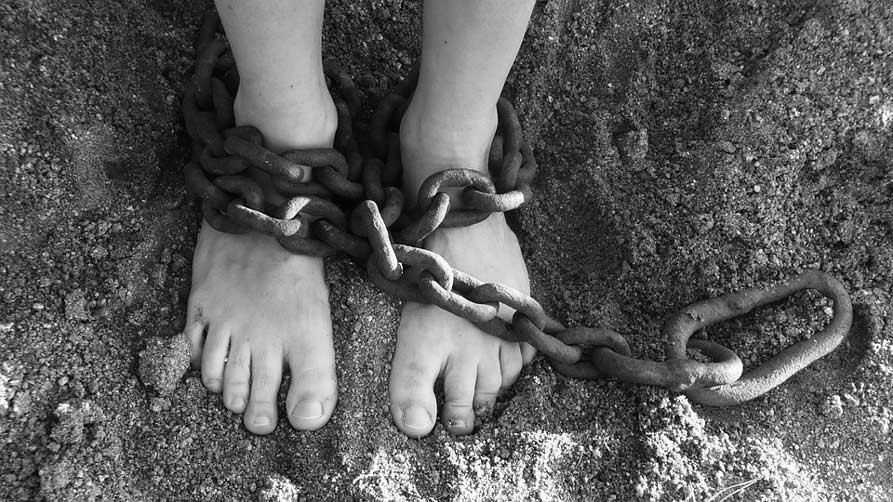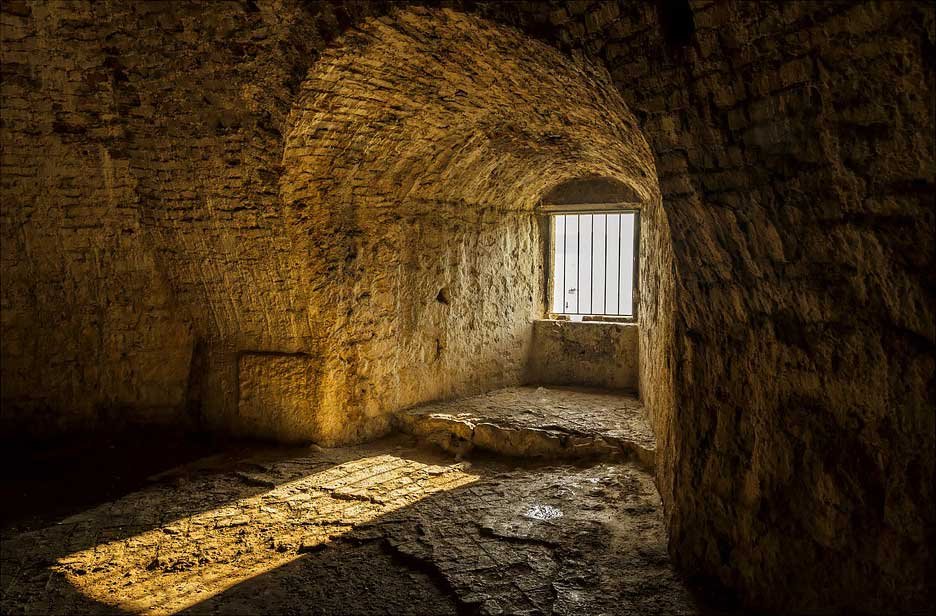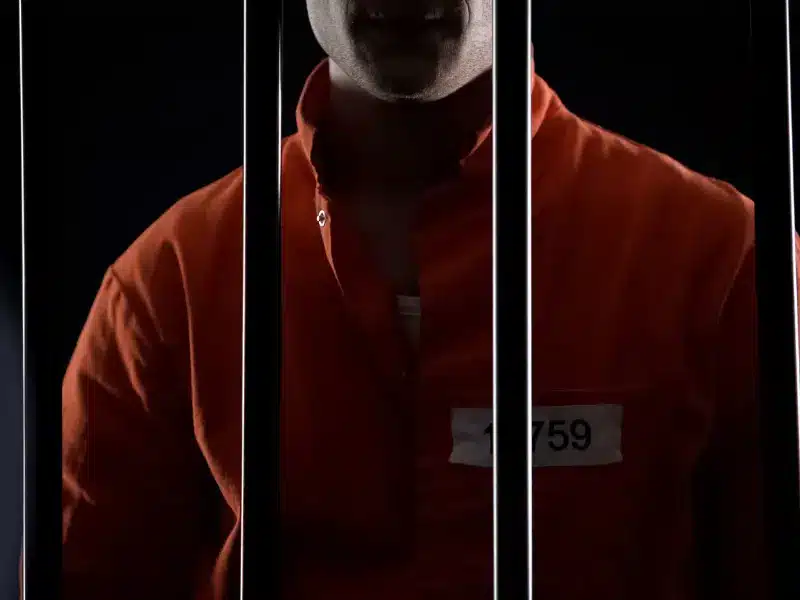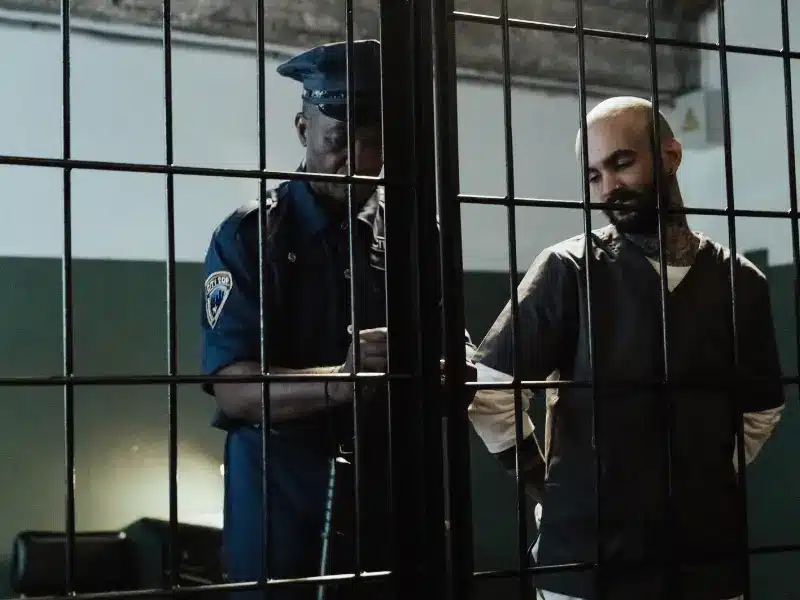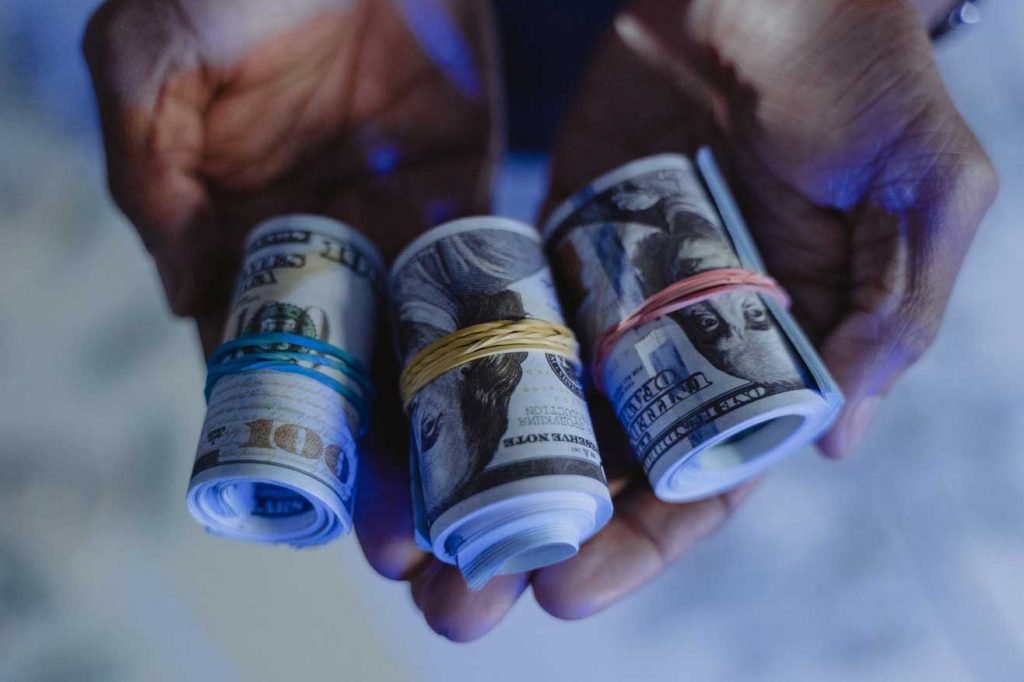There was a time when crime dominated the news in America. In 1968, Republican presidential candidate Richard Nixon aired a campaign commercial featuring a sequence of still photographs of enraged demonstrators and burning buildings.

But if we talk about what percentage of prisoners are nonviolent offenders, the rate would be beyond your expectation for sure.
States and the federal government retaliated by introducing a slew of legislation that drastically increased the length of several sentences.
While also creating new ones. Everyone is hoping that this will improve the situation a bit. But in reality, the ambiance is quite worse than that.
We will be talking about those contrary topics, things that relate to them, and the reasons behind them.
How many non-violent drug offenders are in prison?
Mass incarceration is the biggest moral and racial injustice of our time, with 2.2 million people in prison. To overcome this situation, we need bold measures, but there are few systemic alternatives available.
In the 1980s and 1990s, crime was at an all-time high. Officials retaliated with punitive punishment legislation that had little effect and, ironically, may have exacerbated the situation.
We need to adjust our strategy now that crime is down. We have an opportunity to reassess how America punishes people who break the law and anchor those decisions in what we know works rather than doubling down on failing harsh policies focused on revenge.
Both Republicans and Democrats agree that America’s mass incarceration experiment has failed.
Our research-based proposals aim to help rethink sentencing in order to improve our justice system by reducing crime and recidivism, lessening the unequal impact on communities of color, and maintaining the hard-won crime reductions of the last 20 years.
What percentage of prisoners are nonviolent offenders?
A group of criminologists, lawyers, and statisticians has been working for the past three years to evaluate criminal statutes, convictions, and punishments in order to help guide the path forward.
They discovered that over 39% of the nation’s prison population is incarcerated for no reason other than public safety. They can also be released, reducing our prison population dramatically and safely.
To begin with, many people in prison should never have been placed there in the first place. For example, they discovered that alternatives to jail, such as treatment, community service, or probation, would be preferable for 25% of prisoners.
Practically all nonviolent, lower-level criminals. Second, another 14% have previously served long prison sentences for more serious offenses and can be released without fear of retribution.
Releasing these inmates would save $20 billion per year, which could be used to hire 270,000 new cops, 360,000 probation officers, or 327,000 teachers.
Effects of Marginal Crime Reduction
Crime fell substantially as America became the world’s leading jailer. The overall crime rate is now half of what it was in 1991 when it peaked.
The rate of violent crime is roughly the same as it was in 1970. Property crime is at its highest level since 1967.
Many people believe that the rise in incarceration is to blame for the drop in crime. However, data indicates that jail had just a minor impact on the enormous reduction in crime.
According to the Hamilton Project of the Brookings Institute, “when the incarceration rate is high, the marginal crime reduction gains from subsequent increases tend to be lower, because the criminal on the edge between jail and an alternative consequence is likely to be less serious.”
Conclusion
We know what it feels when your relatives or close ones have to suffer in jail without even doing anything. It actually feels shame and sorrow at the same time.
But as you know, if you are not aware of such things, the situation might get worse. We have talked about all the relevant topics that might confuse you. Still, if you have any further queries, do let us know!

